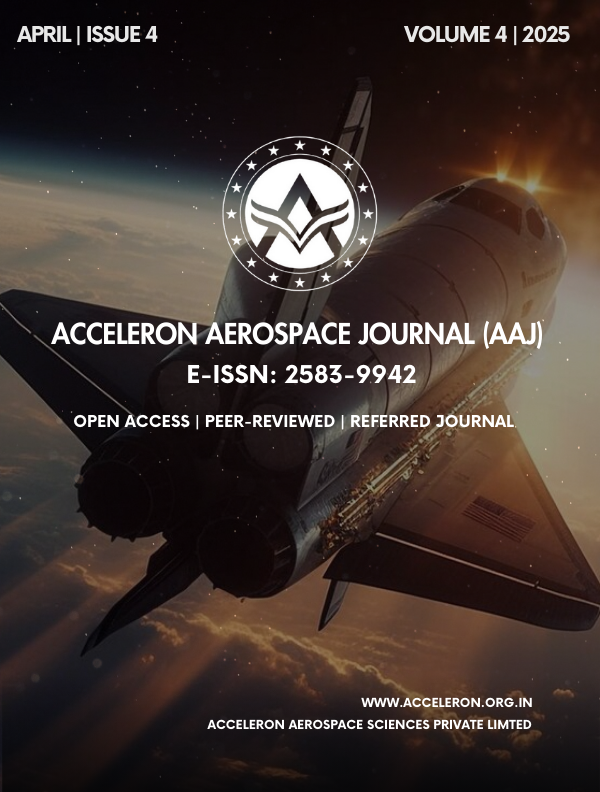A CatBoost-Based Approach for Aerosol Optical Depth Estimation Using Multi-Spectral Sentinel-2 Data
DOI:
https://doi.org/10.61359/11.2106-2520Keywords:
Aerosol Optical Depth, Sentinel-2, Machine Learning, CatBoost, Wavelet Decomposition, Remote SensingAbstract
Aerosol Optical Depth (AOD) is a critical parameter for understanding air quality, climate change, and public health impacts. This study introduces a novel approach for estimating AOD using multi-spectral Sentinel-2 data and advanced machine learning techniques. Leveraging hybrid feature engineering, including spectral ratios, wavelet decomposition, and texture analysis, we extracted features that capture the complex spatial and spectral characteristics of aerosols. A CatBoost Regressor was employed to model the relationship between these features and AOD values, achieving a mean Pearson correlation coefficient of 0.9640 ± 0.0460 across 200-fold cross-validation. The integration of wavelet-based features and Local Binary Patterns (LBP) proved particularly effective in improving AOD estimation accuracy. Spectral ratios involving visible and near-infrared bands, such as B3/B5 and B1/B8, were identified as highly predictive of aerosol scattering effects. The proposed methodology addresses limitations of traditional AOD estimation methods, such as spatial-resolution trade-offs and spectral underutilization, while demonstrating robust performance across diverse environments. The improved accuracy of AOD estimation has significant implications for environmental monitoring, climate modeling, and public health initiatives. Future work could focus on refining feature extraction techniques for challenging environments and incorporating additional datasets to further enhance model performance.
Downloads
Downloads
Published
How to Cite
Issue
Section
Categories
License
Copyright (c) 2025 Acceleron Aerospace Journal

This work is licensed under a Creative Commons Attribution 4.0 International License.
The Acceleron Aerospace Journal, with ISSN 2583-9942, uses the CC BY 4.0 International License. You're free to share and adapt its content, as long as you provide proper attribution to the original work.





